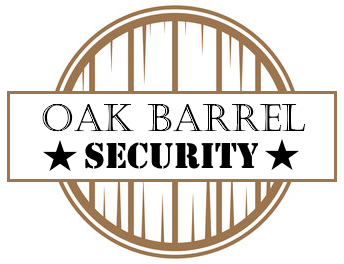Overview
Pour yourself a dram of whiskey and brace for the same old dance floor where ERP patches are treated like victory laps instead of life jackets. Oracle finally releases a fix for the E-Business Suite zero-day tracked as CVE-2025-61882, the kind of vulnerability that attackers were already using to steal data while your change control calendar was busy pretending to matter. The Clop gang apparently didn’t need an invitation to the party, and now the vendor sings the patch hymn as if that absolves the years of neglect spent hardening the perimeter around the crown jewels of the enterprise stack.
The vulnerability allowed unauthenticated remote code execution, which is the fancy way of saying “anyone on the internet can poke holes and do what they want.” Oracle confirms active exploitation in the wild and has pushed a patch, plus recommended mitigations. If your ERP environment is still unpatched or sitting behind a wall of vague dashboards, congratulations — you are doing the industry proud by proving that patching slack is a team sport that most teams lose on purpose.
Why this should matter to you
ERP systems are not a footnote in your attack surface story. They are the plot twist that exposes everything else you pretend to defend. The pattern here is depressingly familiar: a critical flaw gets weaponized in the wild, a patch lands, and three months later you discover that containment was never really containment at all. Vendors will trumpet the fix with a press release and a chart showing success, while CISOs nod and pretend the patch will magically fix stubborn configuration drift, weak access controls, and a labyrinth of integrated modules that never agree on a single patching window.
Meanwhile, IT culture keeps rewarding heroic patch Fridays with coffee and a pat on the back from the same vendor who sold you the broken clock in the first place. It’s not just about patching – it’s about patching with real testing, segmentation, and monitoring in place so that the moment exploitation starts, you at least know where to look and what to shut down. Yes, that means more work and probably less time for the quarterly security metrics dance, but welcome to adulthood in the security operations suite.
Takeaways and next steps
Top takeaways: inventory your ERP footprint, apply the CVE-2025-61882 patch from Oracle, and tighten controls around authentication and remote access to sensitive modules. Validate patches in a non-production environment, verify that segmentation is actually limiting lateral movement, and turn on telemetry that flags unusual RPC patterns, file exfiltration attempts, and unexpected process launches tied to ERP endpoints. If you cannot patch promptly, at least isolate the systems and ensure monitoring is screaming red whenever something touches the wrong DLL after hours.
And for the love of good whiskey, stop treating security warnings like optional add-ons in a vendor slideshow. If you ignore them again, the next time you sip your bourbon, you’ll be sipping the stew of your own misconfigurations stitched together by a patch that arrived just a little too late.
Read the original article: Read more

